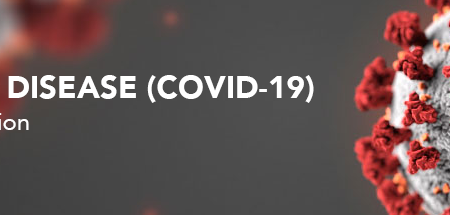Provider Alert! Guidelines for Opioid Prescribing in Children and Adolescents After Surgery
According to the Centers for Disease Control, 17.3% of those who abuse prescription painkillers are prescribed medication from a physician. Management of post-surgical pain is one of the most common reasons that young adults are prescribed opioids rather than over-the-counter pain medications. The American Pediatric Surgical Association assembled an expert panel of health care professionals caring for children who require surgery; reviewed literature regarding opioid use and risks unique to pediatric populations and developed a broad framework for evidence-based framework for evidence based opioid prescribing guidelines.
The American Pediatric Surgical Association Outcomes and Evidence-based Practice Committee identified 3 primary questions for review:
- What are the risks of opioid misuse, diversion, heroin use, and conversion to long-term use in the pediatric population?
- What non-opioid regimens are effective to manage postoperative pain in children (oral, intravenous and regional) (2a)? Relatedly, what procedures do not require opioids for postoperative recovery 92b), and what are the FDA black box warnings for tramadol and codeine (2c)?
- What teaching or preparation regarding opioid use and perioperative pain management after surgery should be provided to patients and families?
Overall, 14,574 articles were screened for inclusion, with 217 unique articles included for qualitative synthesis. Twenty guideline statements were generated and reviewed, which were edited and endorsed by orthopedic, otolaryngology, and urologic pediatric specialists, the American Pediatric Surgical Association Board of Governors, the American Academy of Pediatrics Section on Surgery Executive Committee, and the American College of Surgeons Board of Regents.
These are the first opioid-prescribing guidelines to address the unique needs of children who require surgery. Health care professionals caring for children and adolescents in the perioperative period should optimize pain management and minimize risks associated with opioid use by engaging patients and families in opioid stewardship efforts.
The recommendations followed three major themes:
- Healthcare professionals caring for children who require surgery must recognize the risks of opioid misuse associated with prescription opioids.
- Non-opioid analgesic use should be optimized in the postoperative period.
- Patient and family education regarding perioperative pain management and safe opioid use practices must occur both before and after surgery.
The Guidelines were published in JAMA Surgery on November 11, 2020. You can view the abstract here.






Leave a Reply
You must be logged in to post a comment.